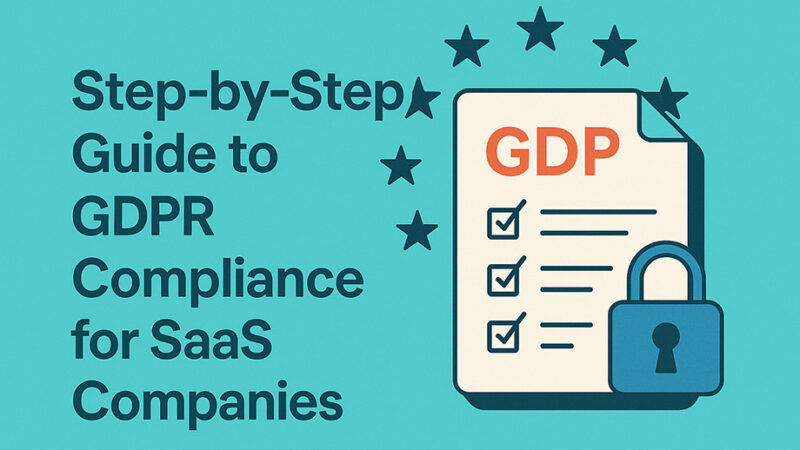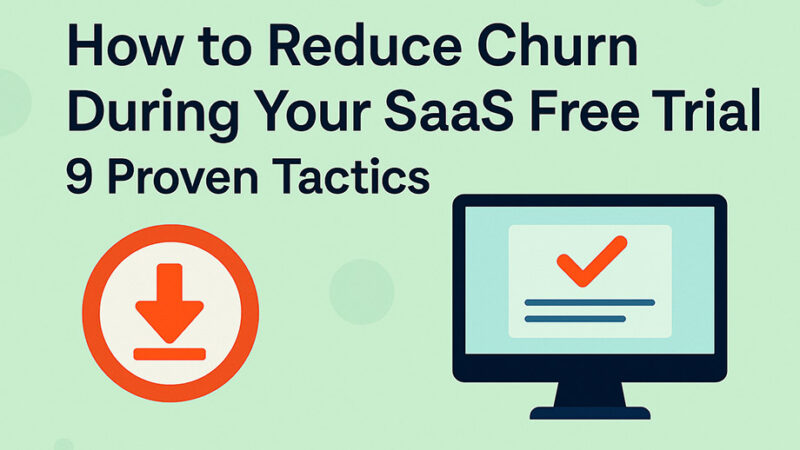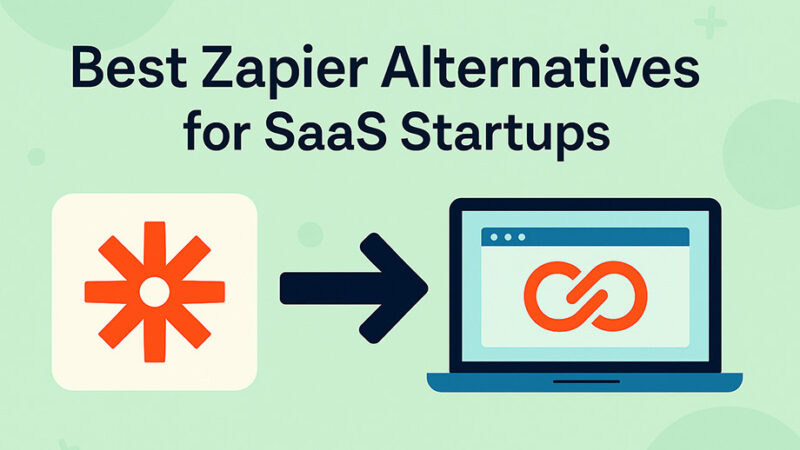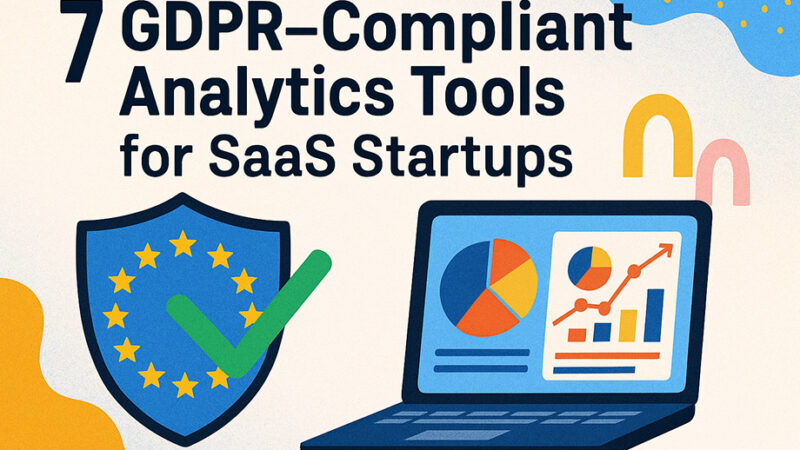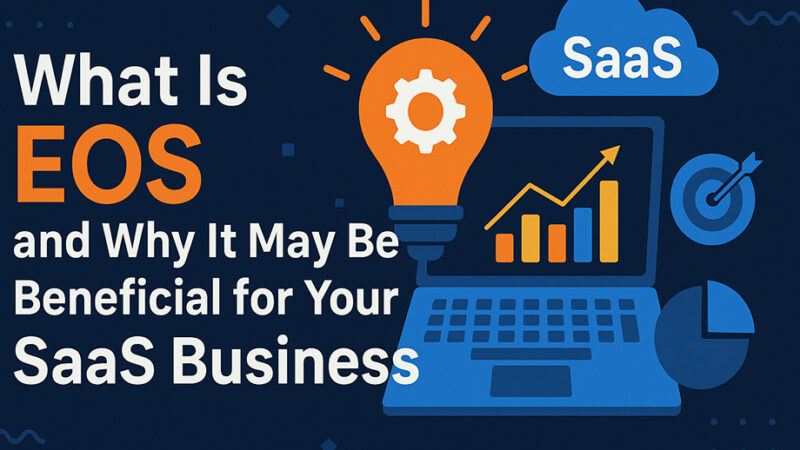Essential SaaS Security Best Practices
You can’t deny that SaaS applications have become the backbone of modern business operations. With the average company now using 342 SaaS applications, their undeniable scalability, accessibility, and cost-effectiveness make them attractive solutions for businesses of all sizes. However, this convenience comes with security risks you can’t overlook.
Due to their everyday handling of vast amounts of sensitive data, SaaS apps have become prime targets for cyber threats. These threats can include data breaches, account takeovers, and supply chain compromises where malicious actors exploit vulnerabilities to access confidential information.
In fact, 93% of security leaders have increased their SaaS security budgets following high-profile breaches that exposed critical vulnerabilities. The complexity and interconnected nature of SaaS environments amplifies these risks, requiring a layered and sophisticated approach to security.
But what makes SaaS platforms complex and vulnerable to security breaches? And how can organizations fortify their defenses against these ever-present threats? This is what we’ve covered in this article.
What is SaaS Security?
Unlike traditional software installed on individual computers, SaaS applications are hosted on remote servers, and users can access them via the web or APIs. SaaS security refers to the comprehensive set of policies, technologies, and practices designed to protect these cloud-based applications, the sensitive data they process, and the users who access them.
A typical SaaS application consists of three layers:
Presentation Layer (User Interface)
- Web-based interfaces accessible through browsers
- Mobile applications and API endpoints
- User authentication and session management
Application Layer (Business Logic)
- Core application functionality and workflows
- Integration APIs and third-party connectors
- Data processing and business rule enforcement
Data Layer (Storage and Management)
- Database systems and data warehouses
- Backup and recovery mechanisms
- Data encryption and access controls
SaaS architecture is multi-tenant, where a single application instance serves multiple customers or ‘tenants.’ Each tenant’s data and usage are isolated, but the underlying infrastructure and application code are shared. This setup streamlines updates, scalability, and resource optimization.
What Makes SaaS Vulnerable to Security Threats?
Despite the benefits of SaaS, these platforms are vulnerable to security breaches since they’re hosted in the cloud and accessible from anywhere. Here’s what makes software-as-a-service applications vulnerable to security threats:
Multi-Tenant Architecture Risks
In a multi-tenant SaaS architecture, data from different customers reside on the same infrastructure. If the isolation between tenants is not robust, a flaw in the system can lead to one tenant inadvertently accessing another’s data. This is how a breach compromises confidentiality and leads to the leakage of sensitive information across organizational boundaries.
Open Web Access and Credential Attacks
Since anyone can access a SaaS app from any location, there is a high risk of unauthorized access. Attackers might use phishing scams to acquire user credentials, exploit weak passwords, or leverage AI-powered tools to automate credential harvesting from data breaches.
Current statistics show:
- 65% of SaaS application usage is unsanctioned (shadow IT)
- AI-powered attacks are now used in 73% of advanced persistent threats
- Average cost of a SaaS data breach: $4.45 million
Such breaches can undermine data integrity and result in unauthorized viewing, modification, or deletion of sensitive information.
API Security Vulnerabilities
SaaS platforms often integrate with other applications via APIs. If these APIs are not securely designed, attackers can use them as gateways to infiltrate and access sensitive data. Common API vulnerabilities include:
- Broken authentication and authorization
- Excessive data exposure in API responses
- Rate limiting failures enabling abuse
- Injection attacks through unvalidated inputs
- Security misconfigurations in API gateways
This leads to widespread data exposure—compromising multiple systems beyond just the SaaS application.
Vendor Dependency and Supply Chain Risks
Customers are reliant on their SaaS vendor’s security measures. If the vendor fails to maintain high-security standards, or if third-party integrations are compromised, the entire system becomes vulnerable to attacks. Supply chain attacks targeting SaaS ecosystems have grown by 40%, making this a critical concern.
This dependency is risky because customers have limited control over the vendor’s security measures and protocols employed in the system.
Configuration Drift and Shadow IT
Incorrectly configured security settings and unauthorized SaaS usage create security gaps that attackers exploit. Common issues include:
- Overly permissive sharing settings
- Weak password policies
- Disabled security features
- Improper access controls
- Unmonitored API endpoints
These vulnerabilities emphasize the need for a multi-layered security approach that requires both robust security measures by providers and vigilant practices by users.
Real-World SaaS Security Breach Example
The healthcare sector, with its wealth of sensitive patient data, is a prime target for cybercriminals.
In recent years, multiple healthcare organizations have suffered significant data breaches through SaaS platforms. These breaches often occur when unauthorized users gain access using compromised credentials, highlighting a critical flaw in how organizations approach SaaS security.
What makes these incidents particularly alarming:
The breach typically unfolds through compromised credentials that go undetected for weeks. Once attackers bypass the initial login barrier, they encounter minimal resistance and can easily move laterally within the system to extract sensitive data.
Key lessons from these breaches:
- Authentication alone isn’t enough – Having the right login credentials doesn’t guarantee trustworthiness
- Continuous monitoring is essential – Unusual access patterns must be detected and investigated immediately
- Zero trust principles must apply – Every action should be verified, not just initial access
This highlights a critical flaw—once authentication is achieved, the scrutiny of user actions often diminishes, leaving wide room for data extraction and other malicious activities to go undetected.
Core SaaS Security Strategies
Securing a SaaS environment requires a multi-faceted approach, encompassing robust policies, technologies, and continuous monitoring. The following strategies offer a roadmap for enhancing the security posture of SaaS applications.
1. Implement Multi-Factor Authentication (MFA) and Strong Access Controls
Implementing multi-factor authentication reduces the risk of unauthorized access to the system. MFA requires additional forms of identification, such as a push notification, authenticator app code, or biometric authentication, along with a password. This integration makes it significantly more difficult for attackers to access systems illegally.
Advanced MFA strategies include:
- Risk-based authentication that adapts to user context
- Passwordless authentication using FIDO2/WebAuthn standards
- Biometric authentication where appropriate
- Adaptive policies based on calculated risk levels
Next, defining user roles and permissions ensures that individuals have access only to the data and functions necessary for their role. This minimizes the potential impact of a compromised account through the principle of least privilege.
2. Adopt Zero Trust Architecture
The zero trust approach is a security model that operates on the principle of “never trust, always verify.” In its implementation, every access request, irrespective of its origin within or outside the network, is thoroughly verified.
This model emphasizes implementing strict access controls, employing methods like least privilege access, micro-segmentation, and dynamic/attribute-based access controls to leave zero chances for attacks.
Simply put, zero trust approach:
- Verifies every user and device before granting access
- Monitors all network traffic and user behavior continuously
- Applies security policies consistently across all environments
- Assumes that threats can come from anywhere, including inside the network
3. Deploy Cloud Access Security Brokers (CASBs)
Cloud access security brokers (CASBs) function as intermediaries and enforce security policies to monitor user activities between SaaS users and cloud service providers. Their deployment includes:
Shadow IT Discovery:
- Automatically discover unauthorized SaaS applications
- Assess security posture and risk levels of discovered apps
- Provide usage analytics and adoption metrics
- Facilitate transition to approved alternatives
Data Loss Prevention:
- Monitor and control sensitive data across SaaS platforms
- Apply consistent DLP policies across multiple applications
- Encrypt sensitive data automatically
- Quarantine or block risky data transfers
Threat Protection:
- Detect malware and advanced threats in SaaS traffic
- Use behavioral analytics to identify anomalous activities
- Block access from compromised devices or suspicious locations
- Integrate with threat intelligence feeds for enhanced protection
CASBs enhance visibility and control over data movement and SaaS usage across your entire cloud ecosystem.
4. Implement Threat Intelligence and Behavior Analytics
Implementing threat intelligence and behavior analytics means setting up systems to collect and analyze data on emerging threats and monitoring user activities to detect unusual behavior patterns.
User and Entity Behavior Analytics (UEBA):
- Establish baselines for normal user behavior
- Detect deviations that may indicate account compromise
- Monitor privileged account activities continuously
- Track data access and modification patterns
In fact, the specific focus on behavior analytics quickly identifies and counteracts threats before they escalate, improving the response time to security incidents and reducing potential damage.
5. Leverage AI and Machine Learning for Advanced Threat Detection
AI and ML detect real-time threats by analyzing large data sets to identify malicious patterns and anomalies that traditional security tools might miss. These technologies enhance authentication methods and ensure more sophisticated threat detection capabilities.
AI-Powered Security Benefits:
- Automated analysis of vast amounts of security data
- Predictive threat intelligence and risk scoring
- Reduced false positives through machine learning
- Adaptive security controls that improve over time
6. Implement Cloud Security Posture Management (CSPM)
CSPM is a practice to monitor and manage the security posture of cloud environments. These solutions automate the identification and remediation of security risks—providing comprehensive visibility into cloud assets and potential misconfigurations.
Key CSPM capabilities:
- Continuous monitoring of security configurations
- Automated misconfiguration detection and remediation
- Compliance monitoring against industry standards
- Risk assessment and prioritization across all cloud assets
By implementing these SaaS security strategies, organizations can significantly strengthen the security of their SaaS platforms and protect against evolving cyber threats.
Step-by-Step SaaS Security Implementation
Now that you know the core strategies to overcome security problems, here’s a step-by-step roadmap to secure SaaS architecture from scratch:
Step 1: Conduct Comprehensive SaaS Discovery
- Inventory all SaaS applications currently in use (sanctioned and shadow IT)
- Catalog user access, permissions, and data flows
- Assess security configurations across all platforms
- Document integrations and API connections
Step 2: Implement Identity and Access Management
- Deploy single sign-on (SSO) across all critical applications
- Enable multi-factor authentication for all users
- Configure conditional access policies based on risk
- Establish privileged access management for administrative accounts
Step 3: Deploy Data Protection Measures
- Implement data loss prevention (DLP) solutions
- Configure data classification and labeling policies
- Enable encryption for data at rest and in transit
- Establish data backup and recovery procedures
Step 4: Establish Security Monitoring
- Deploy Security Information and Event Management (SIEM)
- Implement User and Entity Behavior Analytics (UEBA)
- Configure threat intelligence feeds and alerts
- Create incident response procedures and playbooks
Step 5: Implement Continuous Compliance Monitoring
- Deploy SaaS Security Posture Management (SSPM) tools
- Configure automated compliance monitoring
- Establish regular security assessments and audits
- Create compliance reporting and dashboard capabilities
Step 6: Enable Advanced Threat Protection
- Deploy Cloud Access Security Brokers (CASB)
- Implement API security monitoring and protection
- Enable automated threat response capabilities
- Establish threat hunting and investigation procedures
Step 7: Create Governance Framework
- Develop comprehensive security policies and procedures
- Establish security awareness training programs
- Create vendor risk assessment procedures
- Implement regular security reviews and updates
Incorporating these steps can set up an efficient defense against potential breaches and establish a robust security foundation for your SaaS environment.
Key Compliance Considerations
Organizations must also consider various compliance requirements when securing SaaS applications:
Major Compliance Frameworks:
- SOC 2 – Security, availability, and confidentiality controls
- ISO 27001 – Information security management standards
- GDPR – European data protection and privacy requirements
- HIPAA – Healthcare data protection standards
- PCI DSS – Payment card industry security requirements
Industry-Specific Requirements:
- Financial services regulations (SOX, FFIEC)
- Government compliance (FedRAMP, FISMA)
- Healthcare standards (HITECH, state privacy laws)
- International privacy laws (LGPD, PIPL, CCPA)
Measuring SaaS Security Success
To ensure your SaaS security program remains effective, monitor these key metrics:
Security Effectiveness Metrics:
- Mean time to detect (MTTD) security incidents
- Mean time to respond (MTTR) to security alerts
- Number of misconfigurations identified and resolved
- Percentage of users with appropriate access levels
- Security posture score across all applications
Compliance and Risk Metrics:
- Compliance score across applicable regulations
- Number of policy violations and remediation status
- Third-party risk assessment results
- Audit findings and resolution timelines
Business Impact Metrics:
- Security-related business disruptions
- Cost per security incident
- User productivity impact from security measures
- Return on security investment
Conclusion
Securing SaaS platforms requires a balance of provider-driven security measures and vigilant user practices. While the vulnerabilities of SaaS like multi-tenant architecture, open web access, and API integrations pose significant risks, a combination of strong authentication controls, zero trust principles, and continuous monitoring provides effective defense.
The key to successful SaaS security lies in understanding that traditional perimeter-based security models are insufficient for cloud environments. Organizations must embrace identity-centric security, implement comprehensive visibility and control measures, and maintain continuous vigilance against evolving threats.
Remember these essential takeaways:
- Implement multi-factor authentication and zero trust principles
- Deploy comprehensive monitoring and behavior analytics
- Maintain visibility across all SaaS applications and integrations
- Establish robust incident response and business continuity plans
- Ensure compliance with relevant industry regulations
By following these best practices and maintaining a proactive approach to security, organizations can confidently leverage the benefits of SaaS applications while protecting their most valuable assets, their data and their users.
Start your SaaS security journey today by conducting a comprehensive assessment of your current environment and implementing these proven security strategies systematically.



